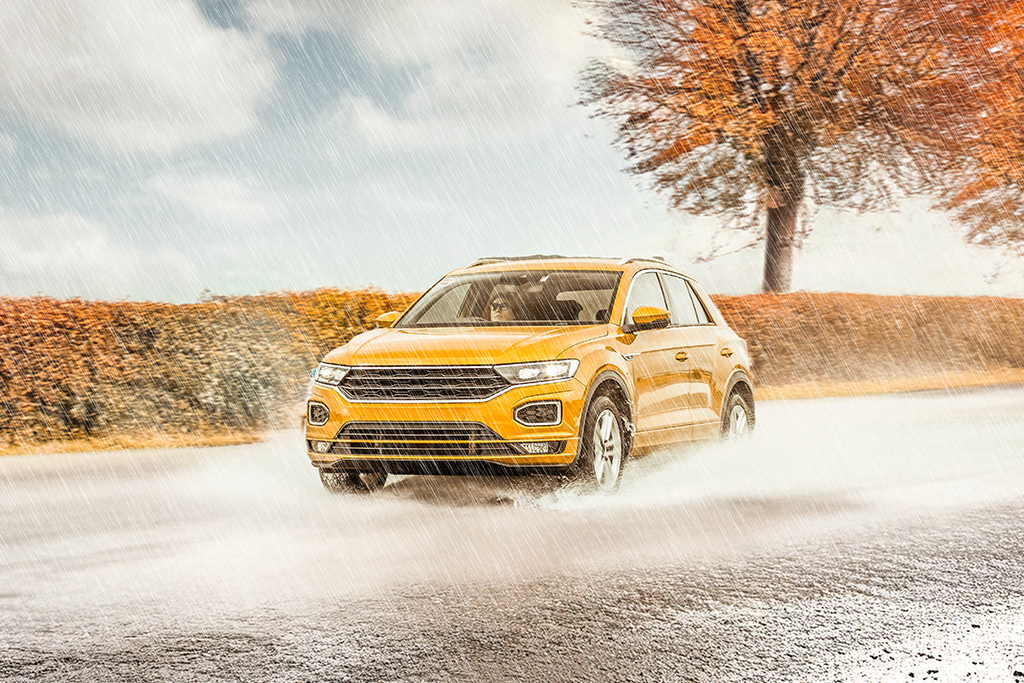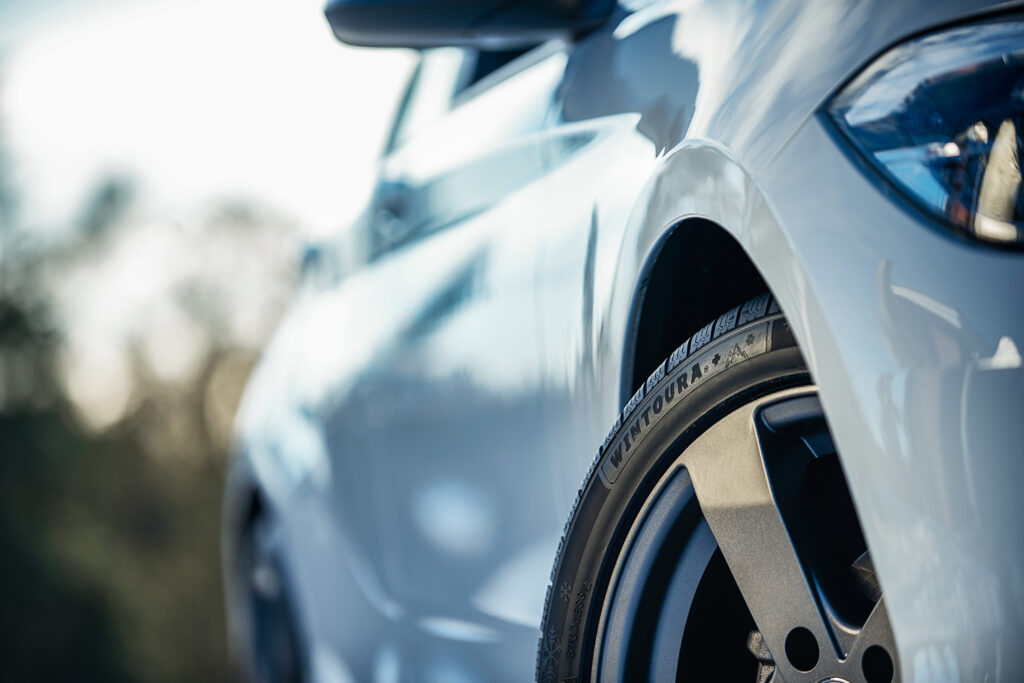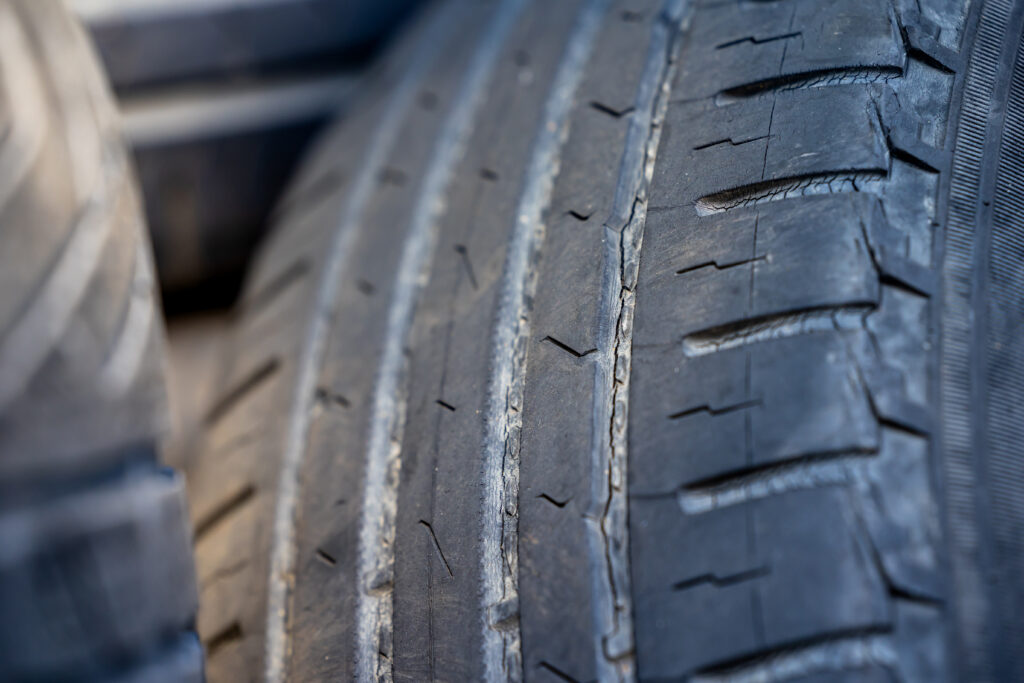Braking on wet roads
27th October 2025
Autumn brings the arrival of the wettest months of the year. Combined with colder temperatures, driving conditions become more hazardous and stopping distances when braking on wet roads can increase.
The performance and the condition of your tyres is crucial to their response on wet roads and the key to a safe journey. Read on to find out how.
Understanding stopping distances
The faster the vehicle is travelling, the longer it will take the vehicle to stop, but the conditions on the road also affect the stopping distance. On average, a vehicle travelling at 70mph on a dry road will take around 96 metres to come to a complete stop. In the rain, this increases to 192 metres, around double the distance. This is equivalent to 48 car lengths.
To account for the extra time it takes to brake on wet roads, you should increase the gap between you and the vehicle in front from a two-second gap to a four-second gap.
Ageing tyres
The older your tyres are, the greater the braking distance, particularly in the wet. As the tread pattern wears down over time, they lose their grip which makes it more difficult to stabilise the vehicle on wet roads. The reduced tread also impacts the tyre’s ability to channel water away from the contact patch, which means there’s more of a risk of aquaplaning. For more information about what to do if you experience aquaplaning, check out our blog.
It’s important to regularly monitor the condition of your tyres – particularly over the wetter months – to avoid compromising your safety and that of other drivers. One simple way to check this yourself at home is using the 20p test.
Tyres designed for driving in the wet
If you are in the market for a new set of tyres to better handle the rainy season, Davanti’s Alltoura 4-Seasons range is the ideal choice. Rated a ‘B’ for wet braking under EU label grading, it is highly effective at braking in the wet within a shorter distance.
The tyre has also been developed to perform effectively in the wet, through its directional tread pattern and intelligent sipe design which provides efficient clearing of water.
Wet brake testing with Alltoura
Alltoura 4-Seasons has proved its superior capabilities under wet braking conditions when tested against a competitor brand. Despite both sets of tyres being tested in exactly the same way and scoring the same for wet braking under EU labelling standards, there was a significant difference in performance.
On average, Alltoura took around 29 metres (around 7 car lengths) to come to a complete stop on a wet track from travelling at 85kmh. The competitor tyre however, took an additional 5 metres – or up to an additional 6 car lengths – to stop under the same conditions, demonstrating that despite both products scoring the same under EU legislation for wet braking, they perform very differently in a real life scenario, which could be the difference between avoiding a serious collision or not.
To find out more about this wet braking test, check out the video here. Or for more information about Alltoura, contact your local Davanti dealer.





